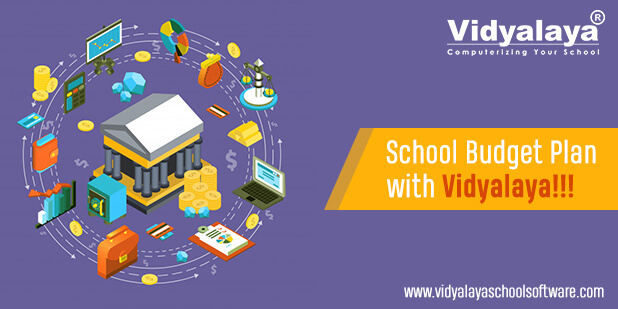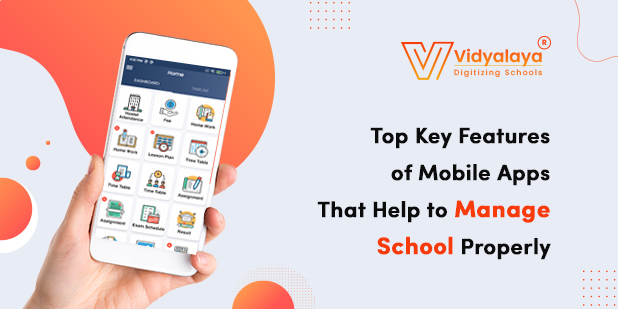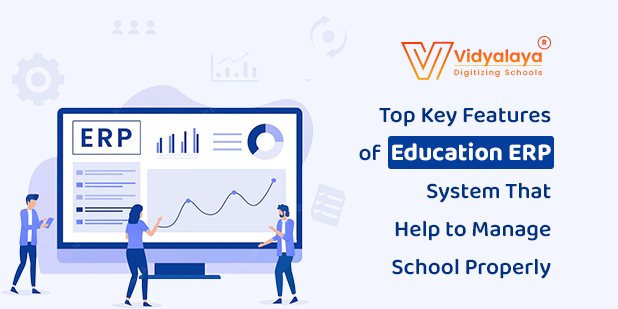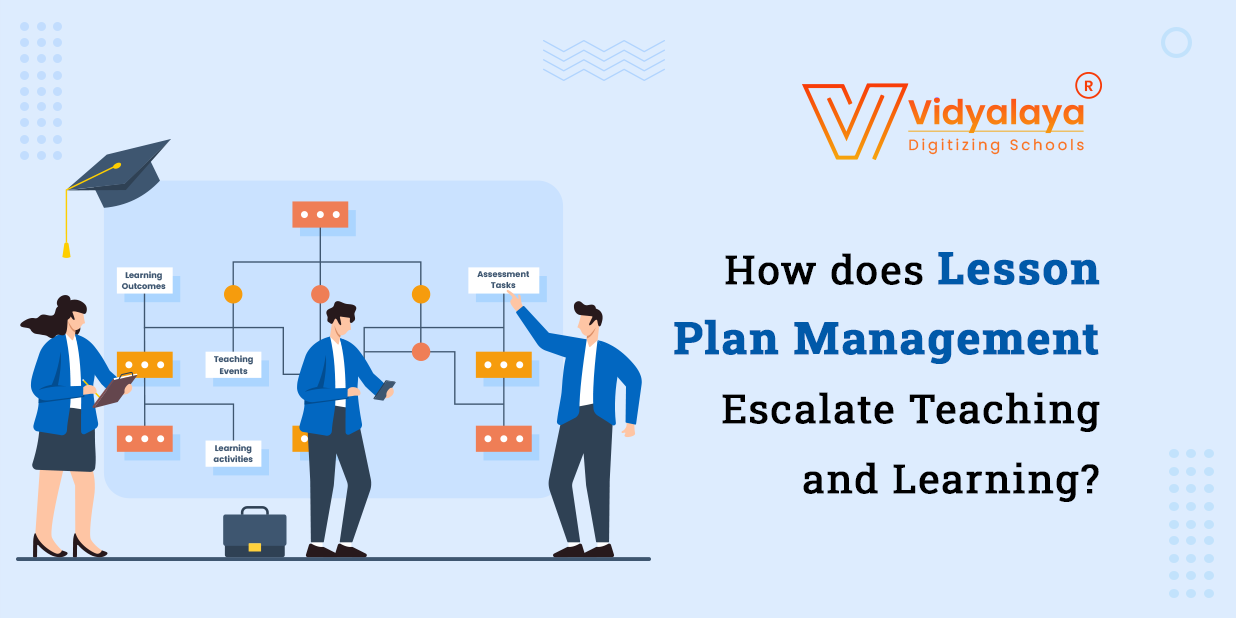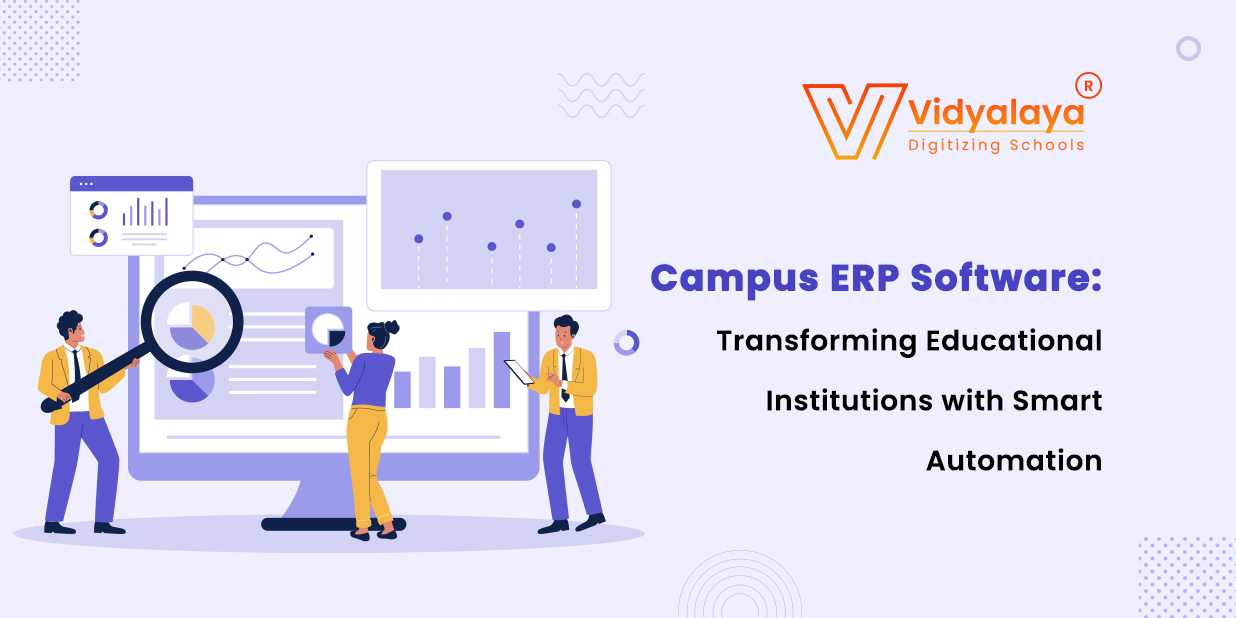The schools have doubled their budget in the four years according to research by the education policy institute. According to reports, it is said that average secondary school have debts of 500000 Rs. despite getting a grant from the government. So, how schools are doing mismanagement in the budget & how to manage it efficiently
Making the right decisions
While there are across the board financing shortfall in this sector, which can be to be faulted for a lot of school shortages, the administration and distribution of existing assets can be utilized to help this issue. A representative for the Department of education has said the education secretary is determined to resolve issues regarding funds allocation and manage to save 8 Billion dollars, which is as of now being spent on non-staffing costs, to guarantee each rupee is spent as effectively as possible to give kids a great education.
You can help the budgetary situation of your school by deliberately forward arranging correctly too there is no the burden on principals, teachers, and parents.
Back to basics
Your spending plan is produced using your income and expenditure; as long as you are not spending more than your income, you’ll be securely in the financial plan.
Most of the schools, foundations, and multi-institute trusts’ get money from government grants or financing from local governments, and with this pay having been cut over earlier years, it is as valuable as ever while distributing it. Remaining at around 75-80% – staff costs take up the most of school budgets, leaving most with 20-25% of spending left to play with.
Extending this add up to cover office assets, offices Maintenance is a tricky activity without a doubt, anyway by parting non-staffing consumption into two further classes, your financial position can be made much clearer. Inside non-staffing consumption there are:
- Educational expenditure (for example departmental financial plans, Exam costs)
- Non-educational expenditure (for example office hardware)
Know your budgets are accurate
Before arranging the spending of your assets, you should be certain that your information from earlier years are exact to guarantee so your future figures are right. Things being what they are, which data you need for your budget is be same as possible like previous years.
- Budgets from previous years
- Pupils number of different schools (from statistics or nearby power information)
- The size of different schools can affect your numbers
- Staff costs
- Having these to hand for past periods will empower you to see where you adhered to gauges and where more spending plan may be distributed, for instance inside specific divisions or flexibly educator expenses
- Test results
- You can guarantee every division is getting the spending allotment they need dependent on your test results; some may need more attention and investment than others.
- You likewise know about extra costs, for example, insurance and maintenance.
Thus, you can look at which figures you assessed precisely, and which costs went over-spending plan so as to not commit a similar error twice.
Planning for your future
Get the most out of your planning by creating 3-5-year forecasts; this way if you notice deficits within the first year, amends can be made in budgets for the years to follow to counteract and pacify for the future. You can make small, strategic changes over longer periods of time by creating these forecasts which not only futureproof your institution but give you greater control over funds so sudden cuts are a thing of the past.
Set out your objectives
Budgets aren’t set in stone, and neither are your objectives, however, it’s important to set out what you are trying to achieve. This can span from student values and school facilities to exam results and a more efficient institution. You must pair your objectives with the resources you need to obtain these, and the subsequent expenditure required to meet them. If you avoid unnecessary spending, such as unplanned large spend as opposed to expenditure, you can keep better track of your Spending and predict for the future.
Embrace technological change
You now know the basics of planning an effective budget, all that’s left is to find a way to consolidate this information into one place which can be easily updated and stored for current and future reference. This is where technology is your best friend.
With effective budgeting software, you can review your previous budgets, extract and import data from your financial management system, plan for the year(s) ahead, and create insightful reports showcasing key information.
For a budget to work properly, you must be extremely transparent in the operations to the leaders who participated with you in the budget planning and finalization. This helps in the purpose of budget and motivating the team in participating for the academic goals of the institution.
Hope these tips from Vidyalaya smart school management system helps you to manage your school budget efficiently.






















